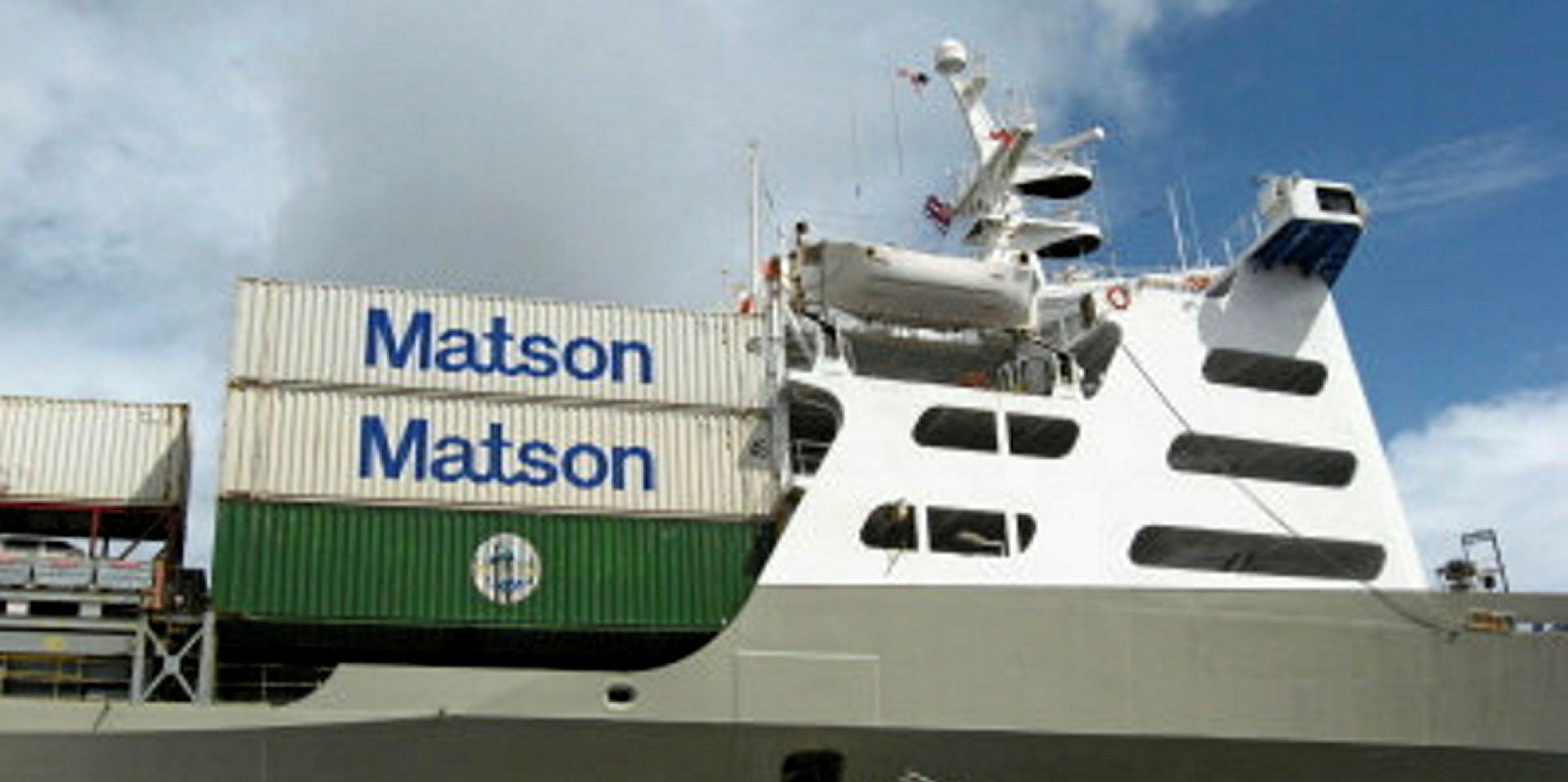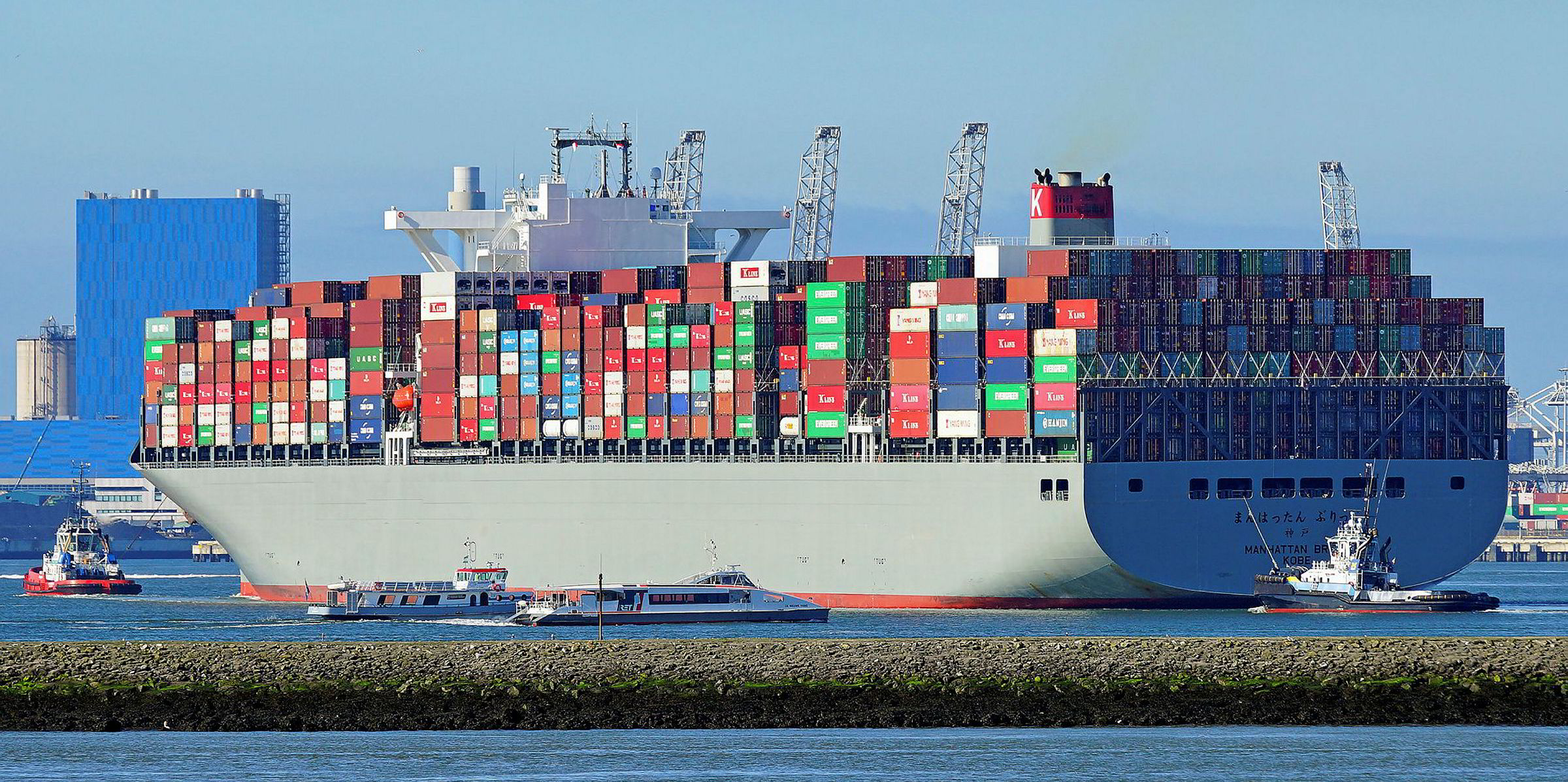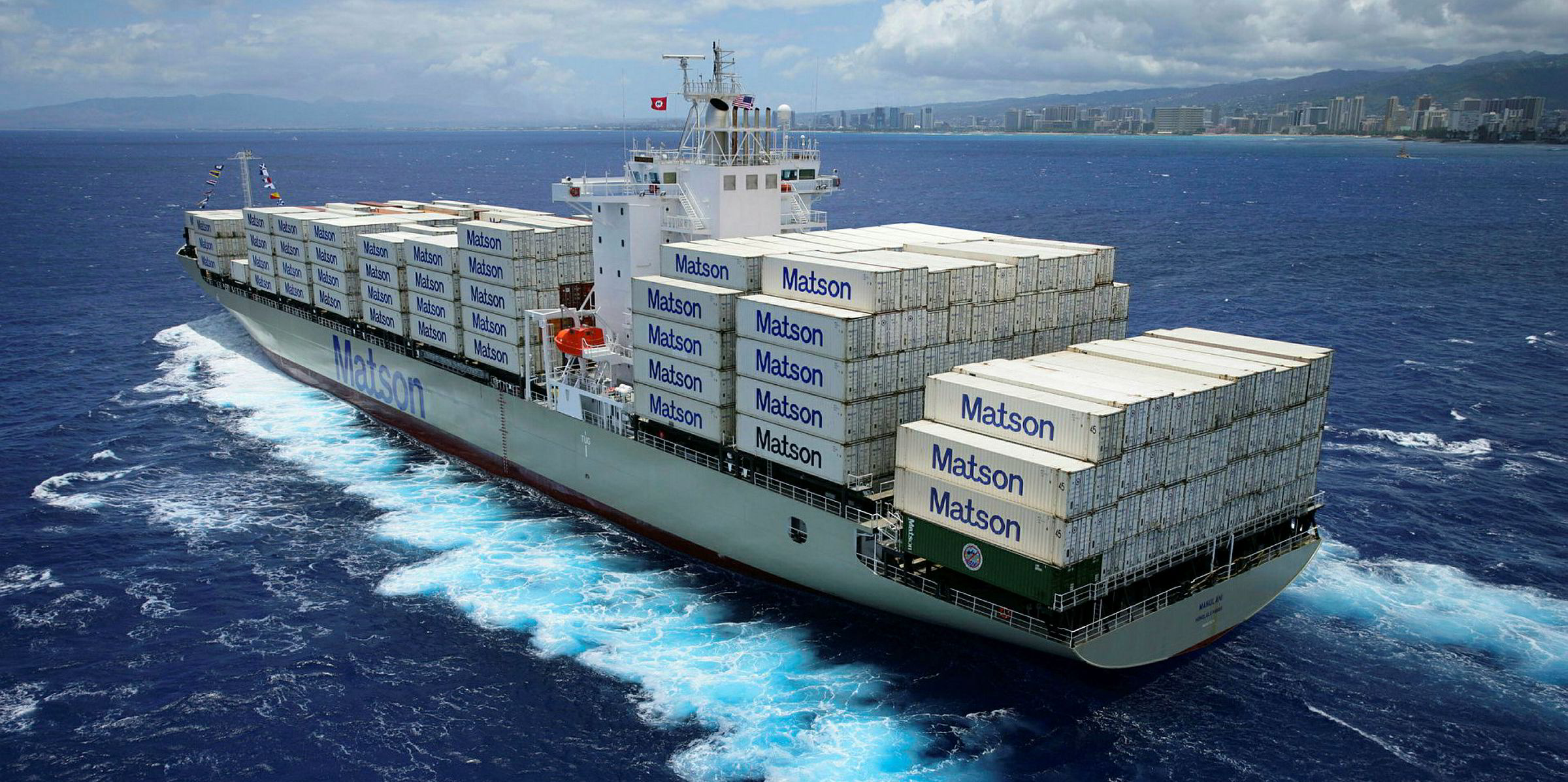Matson foresees posting a healthy profit for the second quarter despite headwinds from the Covid-19 pandemic.
The Matt Cox-led boxship owner expects to earn $30.4m to $32.6m during the three-month period, the New York-listed company said in announcing its preliminary results on Thursday.
If realised, that would result in earnings per share between $0.70 and $0.75 for the quarter.
The New York-listed owner, which primarily focuses on Alaska, Hawaii and mainland US, posted a $12.5m profit for the same period a year ago.
Matson plans to report official second-quarter earnings and hold a conference call with analysts on those results on 5 August.
"Overall, our performance in the second quarter was led primarily by the strength in our China service, including chartered voyages in addition to our normal weekly vessels that sailed at capacity," chief executive Cox said in a statement.
"Compared with our expectations in early May at the time of our last earnings call, we also had better-than-expected volume in our Hawaii trade lane as we carried a portion of Pasha's volume due in part to the dry-docking of one of its vessels, and we had better-than-expected volume in our Alaska trade lane as the local economy gradually reopened creating improved freight demand."
CLX service to the rescue
The introduction of its Chinese Express Service (CLX) vessel charter sailings also helped boost earnings during the pandemic.
The company also expects second-quarter operating income for Ocean Transportation to come in at between $40.5m and $42.5m, and for Logistics to range from $8m to $9m.
Hawaii container volume decreased 4% from the same time last year, primarily due to lower volume from the state's Covid-19 mitigation efforts, including restrictions on tourism, partially offset by volume associated with the dry-docking of one of Pasha's vessels.
Alaska volume decreased 9% with lower northbound volume, primarily due to lower demand for retail-related goods, and one less sailing compared to the previous-year period, and moderately lower southbound volume.
China volume was 68.1% higher, primarily due to volume from chartered voyages in addition to the regular CLX service.
Guam volume was 12.5% lower, primarily due to lower demand for retail-related goods as Covid-19 mitigation measures remained in effect.







